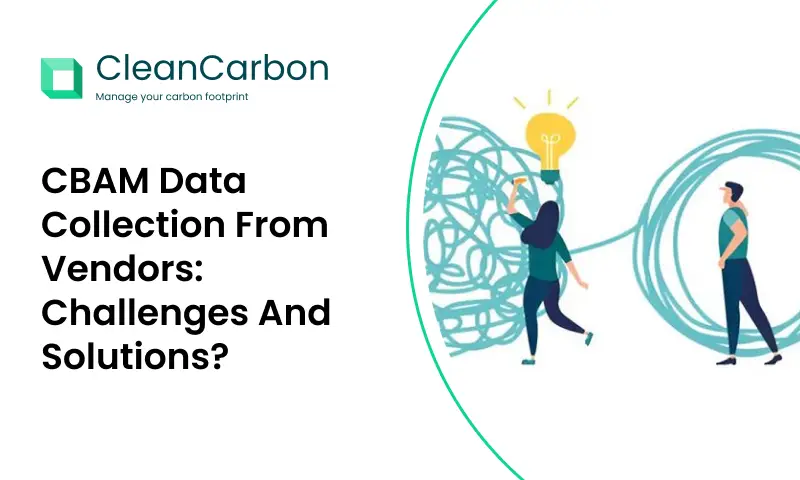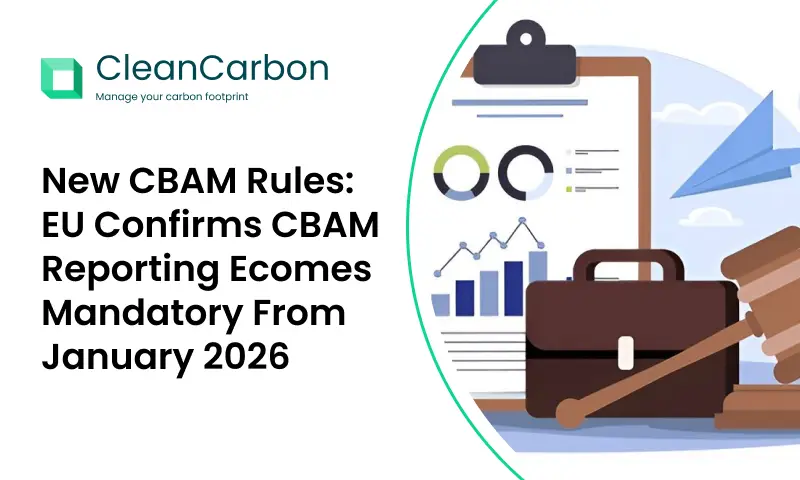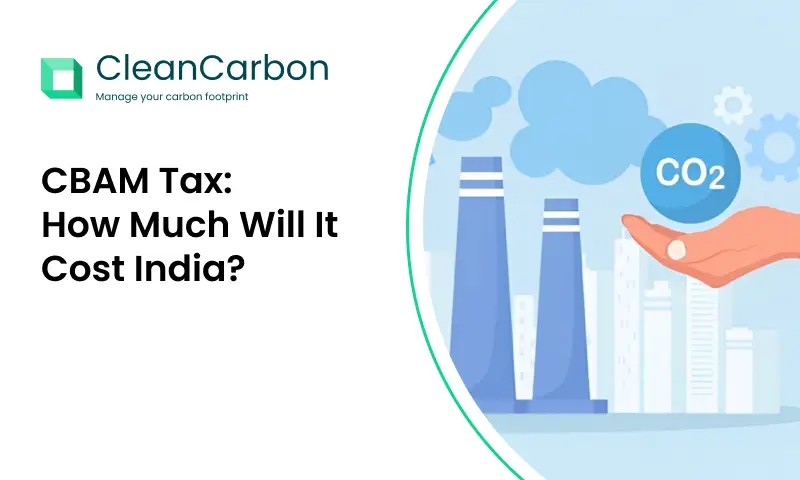The Carbon Border Adjustment Mechanism (CBAM) is a groundbreaking policy designed to level the playing field for European businesses and their global competitors. By imposing tariffs on imported goods from countries with weaker climate policies, the CBAM aims to incentivize global decarbonization and reduce the risk of carbon leakage.
Key Components of the CBAM
- Tariff Calculation: The CBAM tariff will be based on the embedded carbon emissions of imported goods. This calculation will take into account the emissions intensity of the production process and the applicable carbon price in the country of origin.
- Covered Sectors: Initially, the CBAM will focus on specific sectors, including iron and steel, aluminum, cement, fertilizers, and hydrogen. However, the scope of the mechanism is expected to expand over time.
- Reporting Requirements: Importers will be required to submit information on the carbon footprint of their imported goods. This data will be used to calculate the applicable CBAM tariff.
Challenges and Opportunities
Implementing the CBAM presents several challenges, including:
- Data Collection: Accurate and reliable data on the carbon footprint of imported goods is essential for effective CBAM implementation.
- International Cooperation: The CBAM could lead to trade tensions if not implemented in a cooperative and transparent manner.
- Administrative Burden: The reporting requirements associated with the CBAM could impose a significant administrative burden on importers.
Despite these challenges, the CBAM offers significant opportunities, including:
- Decarbonization Incentives: By imposing tariffs on carbon-intensive imports, the CBAM can incentivize global decarbonization efforts.
- Level Playing Field: The CBAM can help to level the playing field for European businesses that face competition from countries with weaker climate policies.
- Technological Innovation: The CBAM can stimulate investment in low-carbon technologies and processes.
Conclusion
The implementation of the Carbon Border Adjustment Mechanism is a major milestone in the global effort to combat climate change. By creating a more level playing field for European businesses and incentivizing global decarbonization, the CBAM has the potential to make a significant contribution to a sustainable future.






